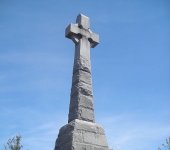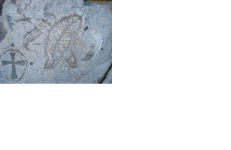Singlestack Wonder
Bronze Member
- Mar 28, 2014
- 1,711
- 2,627
- Detector(s) used
- Garrett AT Pro
- Primary Interest:
- All Treasure Hunting
This is my mystery, the inscribed stone is missing (keeping tresure hunters out of his)...
View attachment 1556460
Narrator: “what’s this......a missing stone in a pyramid? Could this be where the imaginary 90 foot stone came from?”










